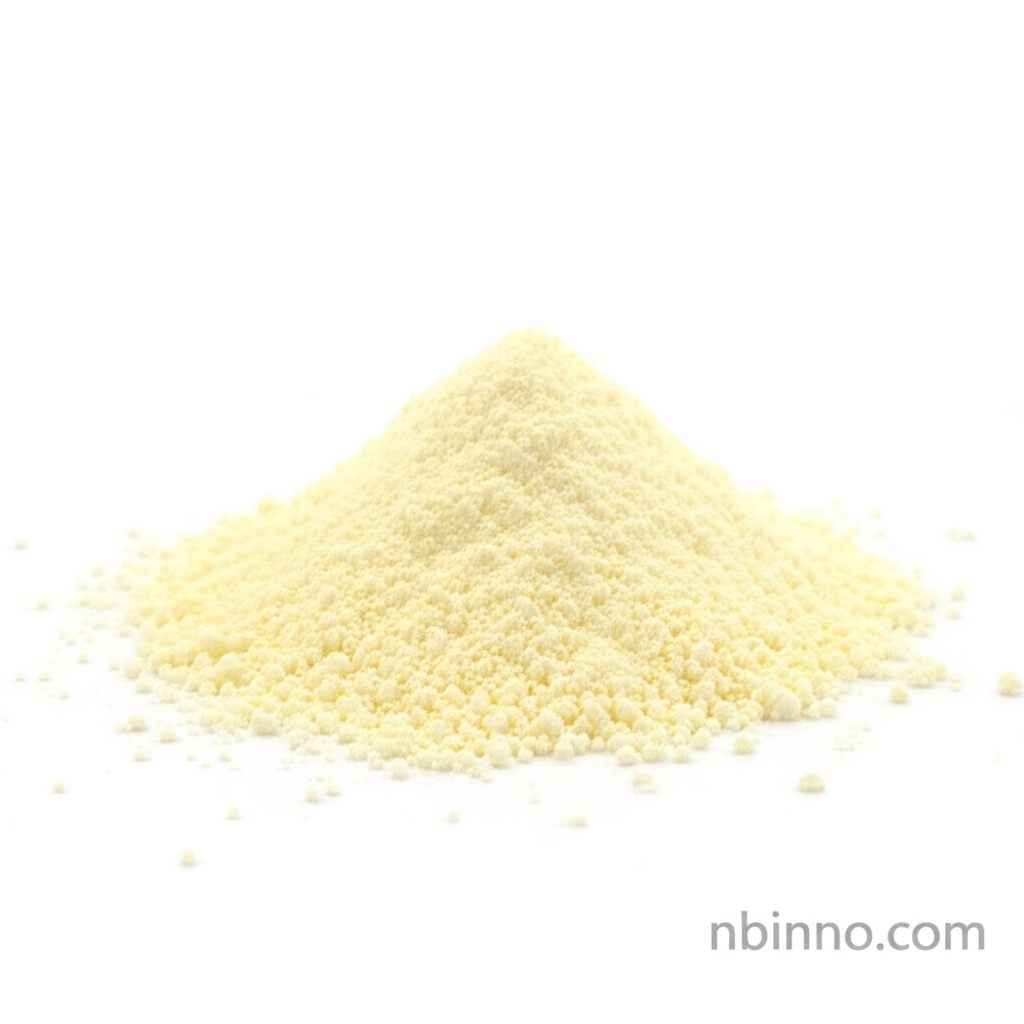5-Chloro-2-Thiophenecarboxylic Acid: A Key Pharmaceutical Intermediate
Discover the synthesis, applications, and market potential of this vital chemical for drug development.
Get a Quote & SampleProduct Core Value

5-Chloro-2-thiophenecarboxylic acid
This compound is a critical building block in the synthesis of various pharmaceuticals, most notably as an intermediate for the anticoagulant Rivaroxaban. Its unique chemical structure, featuring a thiophene ring with chlorine and carboxylic acid functionalities, makes it highly valuable in organic synthesis and drug development.
- Discover the various 5-Chloro-2-thiophenecarboxylic acid synthesis methods employed by leading manufacturers in China for efficient production.
- Explore the key uses of 5-Chloro-2-thiophenecarboxylic acid beyond its role in anticoagulant synthesis, including its applications in materials science.
- Learn about the chemical properties of this vital pharmaceutical intermediate and how they influence its reactivity in complex synthesis pathways.
- Understand the market demand and potential for 5-Chloro-2-thiophenecarboxylic acid as a key component in the pharmaceutical supply chain.
Advantages in Chemical Synthesis
High Purity for Pharmaceutical Use
The availability of 5-Chloro-2-thiophenecarboxylic acid with high purity (>99%) is crucial for ensuring the efficacy and safety of final pharmaceutical products like Rivaroxaban.
Versatile Organic Synthesis Building Block
Leverage the unique thiophene structure and reactive functional groups to create complex molecules for advanced organic synthesis applications.
Key Intermediate for Anticoagulant Drugs
As a critical precursor for Rivaroxaban, this compound plays a direct role in the production of life-saving medications for thromboembolic disorders.
Key Applications
Pharmaceutical Synthesis
Serves as a crucial intermediate in the synthesis of Rivaroxaban, an important anticoagulant used to treat and prevent blood clots.
Organic Synthesis
A versatile building block for creating various organic compounds, including derivatives for materials science and other chemical applications.
Ligand in Coordination Chemistry
Used in research for synthesizing metal complexes, particularly with ruthenium, for catalytic and other advanced applications.
Chemical Reagent
Employed as a biochemical reagent and organic compound in life science research due to its specific chemical properties.
